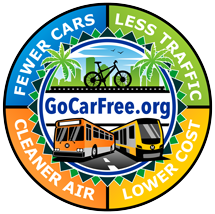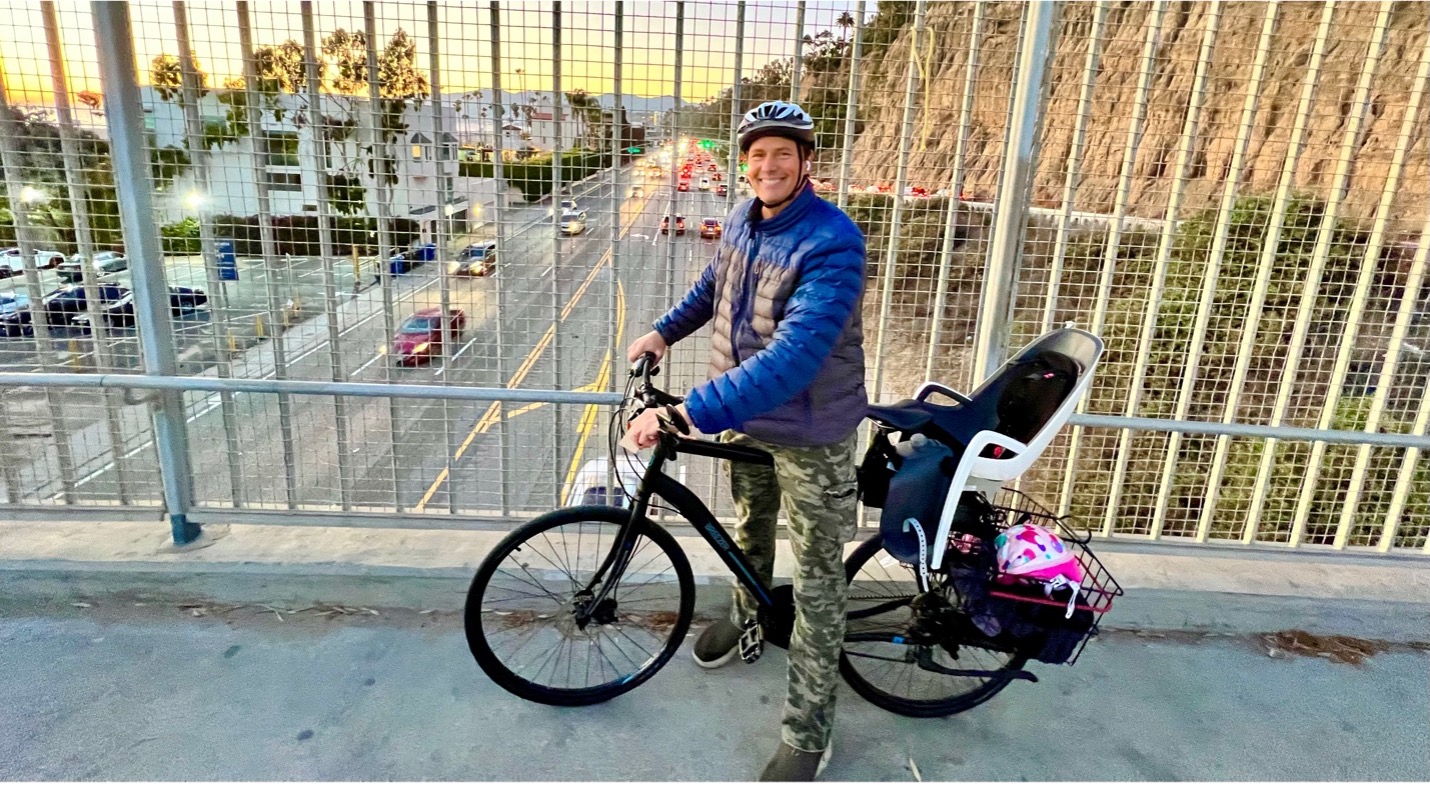
Lesson 27
Give Back: How to Spend All That Extra Time and Money

It is my belief – and the belief of many others – that true personal fulfillment can only be reached when life includes a component of community service and charitable giving.
This lesson offers a few suggestions for giving back some of the money and time you’ll be saving by not owning an automobile.
Donate Ten Percent
I’m not suggesting you donate 10 percent of your annual salary to charity. Rather, I am suggesting you donate 10 percent of the money you’re saving by not owning a car.
The calculation is easy. Start with the total annual cost of your car, which you computed in Lesson 2. Then subtract the estimated annual cost of your alternative modes of car free transportation. Donate ten percent of that number.
For example, let’s say your car cost $6,000 per year, but to live car free you bought a bicycle for $500 and an annual transit pass for $500. The amount of money you’re saving by living car free in that first year would be around $5,000. So, find a few charities that are meaningful to you and divide $500 in donations among them.
Researching Charities
If you don’t already have charities that you regularly support, here’s how to find some. Charitable giving should be meaningful and personal. Think about what’s important to you, and look for charities related to those areas.
If you’re a surfer you might support charities that fight for cleaner oceans, like The Ocean Conservancy or Heal the Bay. If you’re an animal lover you might support Greyhound Rescue or your local no-kill animal shelter. If you like to hike and camp, look into the Sierra Club.
One of the best resources for charitable giving is the website CharityNavigator.org. This organization keeps a database of thousands of charities and rates them on fiscal responsibility and effectiveness.
Plus, you can search for charities by region, category, or keyword. CharityNavigator.org should be your first stop if you’re looking for a non-profit organization to support.

Volunteer Your Time
Once you get into the rhythm of car free living, you will probably have extra time in your week. So why not volunteer at a local charity?
Volunteering is a form a charitable giving. But instead of giving money, you give part of yourself. It’s a guaranteed way to feel good and know you’re making a difference in the world. After all, time is a far more valuable resource than money.
You can always volunteer to cook, clean, or wash dishes at a soup kitchen. But a better plan is to find a way to leverage your talents for the good of the charity. If you’re a salesperson, volunteer to help with fundraising. If you’re a doctor, hold a free clinic once a month at a local homeless shelter. If you’re a journalist, write a few articles for the organization’s newsletter.
In other words, try to find a volunteer opportunity in which you can use your skills to have the most impact.
To find volunteer opportunities in your community, contact your local United Way office or call their volunteer center at 1-800-VOLUNTEER. Most United Way offices have a website that lists organizations in need of volunteers.
If you like the idea of giving bicycles to kids in developing countries, check out World Bicycle Relief.

You can also find places to volunteer through your employer, church, local nursing homes, or hospitals.
Living Car free Makes Giving Possible
Volunteering and donating money to charities is one of the most fulfilling aspects of my life. I couldn’t do nearly as much of it if I had a car to pay for and look after. Giving can be a tremendous source of personal fulfillment for you, too. Living car free makes it easy.
